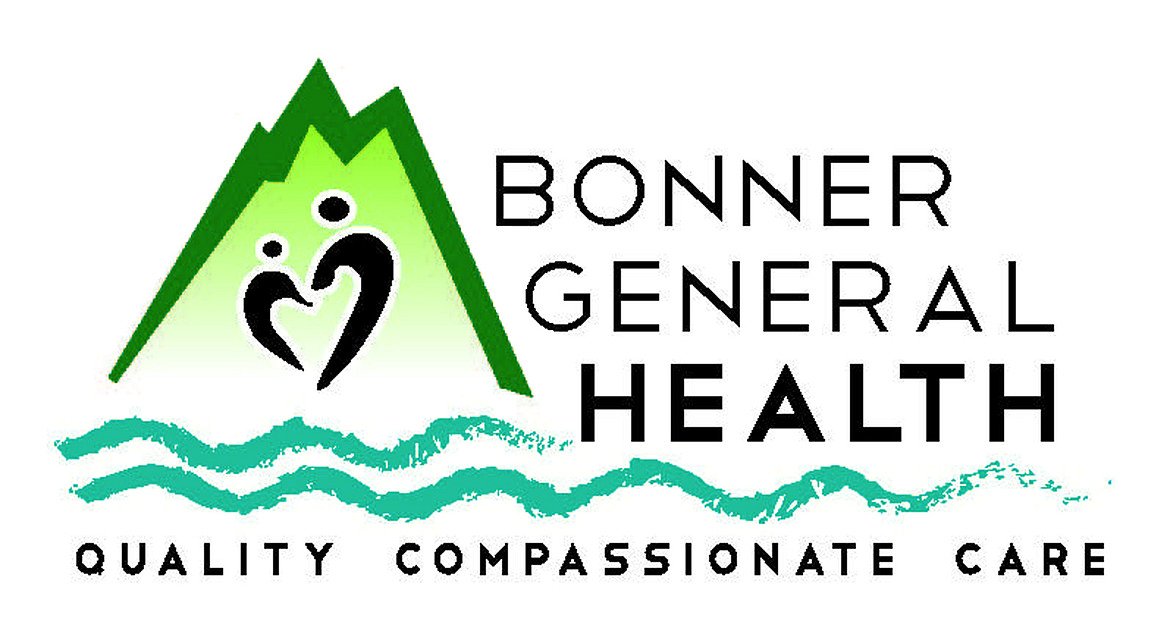November calls attention to pancreatic cancer awareness
A diagnosis of pancreatic cancer comes with startling statistics. The five-year survival rate for people with all types of pancreatic cancer is approximately nine percent. For some, the survival rate is less than one year.
The American Cancer Society says that 60,000 people in the U.S. will be diagnosed with pancreatic cancer this year. 48,000 people will die. They list pancreatic cancer as the third leading cause of cancer death in America and estimate it will be the second leading cancer killer by 2025, second only to lung cancer.
Pancreatic cancer is difficult to diagnose because, for the most part, there are no symptoms until the disease spreads to other organs. As a result, treatment options are often chosen based on the extent of the cancer.
In an article published by Memorial Sloan Kettering Cancer Center, surgeon-scientist Vinod Balachandran said, “Overall, pancreatic cancer remains one of the most difficult cancers to treat. Other diseases such as breast cancer, prostate cancer, and colorectal cancers are far more common, but we have more-effective therapies for them. As a result, there could be a national pancreatic cancer crisis unless we find better treatments.”
The pancreas releases enzymes that aid digestion and produce hormones that help manage your blood sugar. Mayo Clinic explains that “the most common type of cancer that forms in the pancreas begins in the cells that line the ducts that carry digestive enzymes out of the pancreas (pancreatic ductal adenocarcinoma).”
Mayo says that the list of signs and symptoms may include: “abdominal pain that radiates to your back; loss of appetite or unintended weight loss; yellowing of your skin and the whites of your eyes (jaundice); light-colored stools; dark-colored urine; itchy skin; new diagnosis of diabetes or existing diabetes that’s becoming more difficult to control; blood clots, and fatigue.”
These symptoms can be caused by other conditions, so you know what I’m going to say. See your primary healthcare provider as soon as possible if you are experiencing any of them. These are not symptoms you want to ignore. Your best chance for beating cancer is always early detection.
“The mainstays of pancreatic cancer treatment are surgery, chemotherapy, and radiation,” Dr. Balachandran said. “Patients have much better outcomes if we can remove the tumor with surgery. However, most people can’t have surgery because when they are diagnosed, the disease has already spread outside of the pancreas into other organs such as the liver.
“Some newer treatments that have shown great success in other cancers, such as targeted therapies and immunotherapy, have not yet made significant inroads into pancreatic cancer care. But that is rapidly changing.”
Mayo says that the cause of pancreatic cancer isn’t clear, although researchers have identified some factors that may increase risk. These risks include smoking, diabetes, pancreatitis (chronic inflammation), a family history of pancreatic cancer, obesity, or being over 65, which is the age when most people are diagnosed.
“A family history of genetic syndromes can increase cancer risk including a BRCA2 gene mutation, Lynch syndrome, and familial atypical mole-malignant melanoma syndrome,” Mayo said. They also noted that “a large study demonstrated that the combination of smoking, long-standing diabetes, and a poor diet increases the risk of pancreatic cancer beyond the risk of any one of these factors alone.”
Dr. Balachandran was asked whether there was any reason to be optimistic about the future. His reply was more positive than I expected:
“There has been great progress in pancreatic cancer research and treatment. First, we are getting significantly better at giving standard treatments. Last year, a study showed that a combination of four chemotherapy drugs given after surgery could extend overall survival to nearly five years.”
He said that targeted therapies and a class of drugs known as PARP (poly adenosine diphosphate-ribose polymerase) inhibitors showed some promise in treating some tumors. And, although so far, pancreatic cancers have been resistant to the treatment, the research continues on immunotherapy.
“Overall, people today have many more options than they did ten years ago,” Dr. Balachandran said. “For the first time in a long while, there is a real belief in the pancreatic cancer community that we can effectively treat this disease. But more research is needed to develop better treatments. Progress requires research.”
Kathy Hubbard is a member of the Bonner General Health Foundation Advisory Council. She can be reached at kathyleehubbard@yahoo.com.



